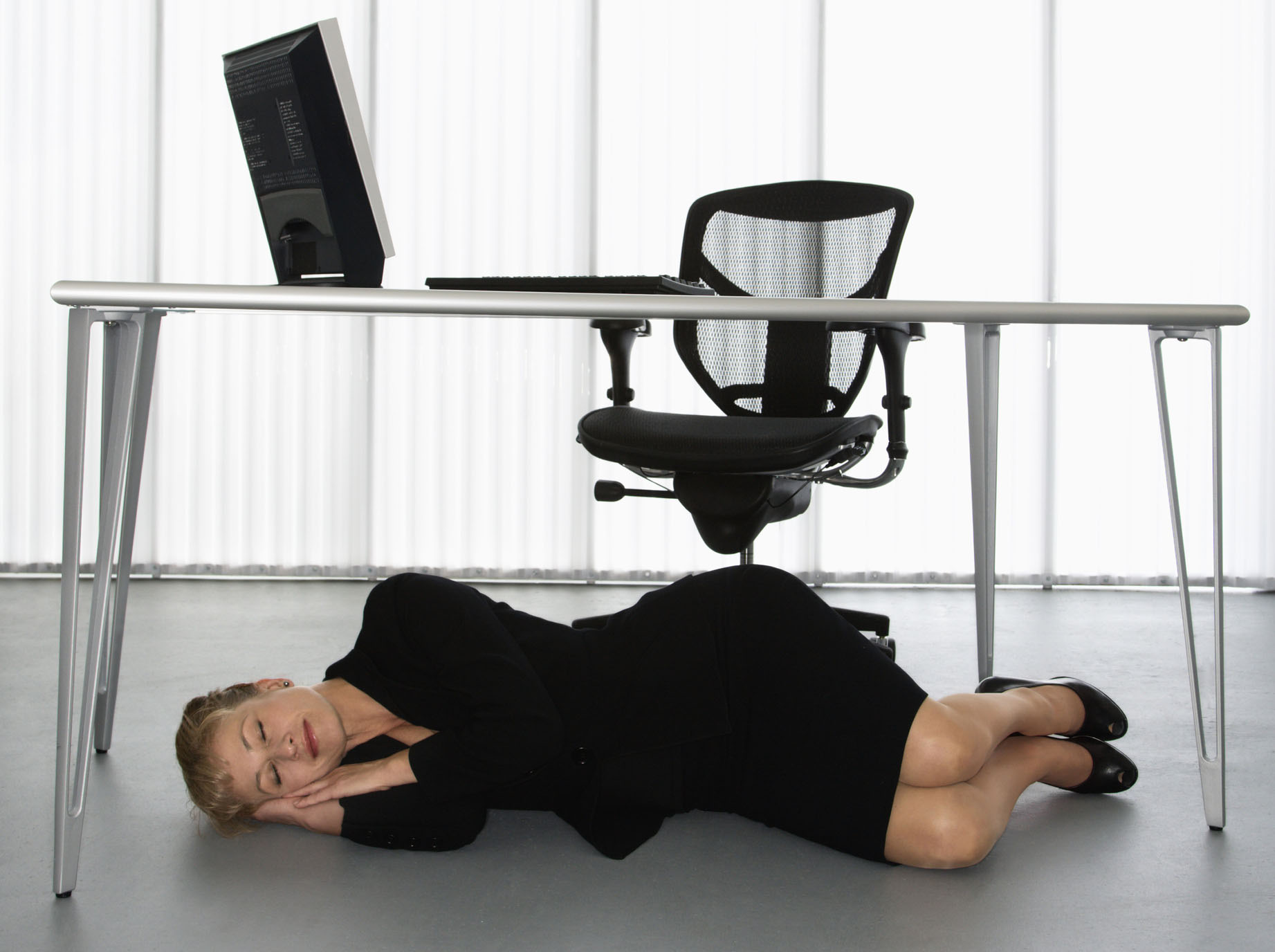
Mould growth contained in indoor environment can result in deterioration of human health because of the increased concentration of spores and toxins. Yet, many people are still ignorant of its dangers and are living in mould affected dwellings. When these organism are allowed to grow in a closed indoor environment, they can release millions of spores, causing indoor levels to reach concentrations that are hundreds of times higher that outdoor. One may think that your roof needs to leak or house needs to be flooded first to be affected by mould. Mould can be anywhere so it is critical to look and monitor, prevent it and eliminate it from your surroundings and from inside your body.
So it is import to ventilate the house or an office, investigate and address any bathrooms leaks or flush flooding areas. Even if mould growth is hidden deep inside a wall, the elevated levels of mould spores, fungal fragments and mycotoxins can still be present in the indoor air and thus inhaled. This can potentially cause adverse health risk even in healthy people.
Fungi attack living organism, penetrate their outer defenses, invades them and obtain nourishment from living cell, causing disease and sometimes the death of host.
How do I know if I have mould in the house?

macro shot of fuzzy mold in agar-agar
Even if you do not see any mould growth, but you can smell that musty smell, it means no-visible active mould is present in the structure and that there is enough moisture to support its growth. You must locate the source of moisture, eliminate it and remove contaminated building material. I would like to point out that any serious mold contamination must be undertaken by a licensed mould removal companies
There is a cycle to mould life, when molds are drying out, this is when they emit most spores, even if mold dead it release millions of spores and other toxins So mould at any stage is a health risk.
How mould get into human host?
There are a least two types of toxins, mycotoxins and spores. Some are water-soluble while other present in the dust. Mycotoxins are inhaled and get into the bloodstream and then begin to kill cells. Fungal spores are inhaled and get into the lungs and sinus cavities and do systematic damage there.
What are the symptoms of mould exposure?

Headache is acommon symtoms of mould exposure.
Indoor airborne mould exposure has been associated with adverse human health in multiple body organs, body systems, including respiratory, nervous, immune, blood and skin conditions. Research indicates that exposure to high level of indoor mould can cause injury and dysfunction of multiple organs and systems. In 2003 study Dr Liberman examined 48 heavily mold –exposed patients who had the following health problems: severe muscle and joint pain, fatigue, gastro-intestinal problems, cognitive problems, shortness of breath, anxiety/ depression/ irritability, vision problems, chest tightness, insomnia, dizziness, numbness /tingling , laryngitis, nausea, skin rashes, tremors, heart palpitations, memory loss. From my own experience I treating mound affected patients I would like to add to that list: mold growing on the tongue and skin , pneumonia and allergies. The combined effects of mould on the human body is called Chronic Inflammatory Respose Syndrome (CIRS).
In the next blog I will elaborate more about other detrimental aspects of mould, how to avoid it and eliminate it from your surroundings and your body organs.
If you would like to know more how natural medicine can help you, please contact Danuta Hulajko on 02 4854 0205
 Danuta Hulajko is a holistic practitioner, international speaker, the founder and the practitioner at the DH Natural Medicine Clinic and www.healingremedies.com.au , Southern Highlands. She specialises in anti-aging, autoimmunity, thyroid conditions, digestive disorders and heavy metals chelation. For more information please go to our website. You can follow Danuta Hulajko work, events, seminars, expos, latest health research, her health tips and advice on Facebook and LinkedIn
Danuta Hulajko is a holistic practitioner, international speaker, the founder and the practitioner at the DH Natural Medicine Clinic and www.healingremedies.com.au , Southern Highlands. She specialises in anti-aging, autoimmunity, thyroid conditions, digestive disorders and heavy metals chelation. For more information please go to our website. You can follow Danuta Hulajko work, events, seminars, expos, latest health research, her health tips and advice on Facebook and LinkedIn


Hi
How do you safely remove mould from your home?
My partner is susceptible to mould and I think I’ve found a source of possible mould. It’s by the doorway entry of our house. I understand the best thing would be to move house but in the interim please let me know what I can do.
Thanks!
If you are allergic to mold you cannot do it yourself. Please wear a mask and clean with 80/20 vinegar and water usually works. There are a lot of natural products, please check your health food store